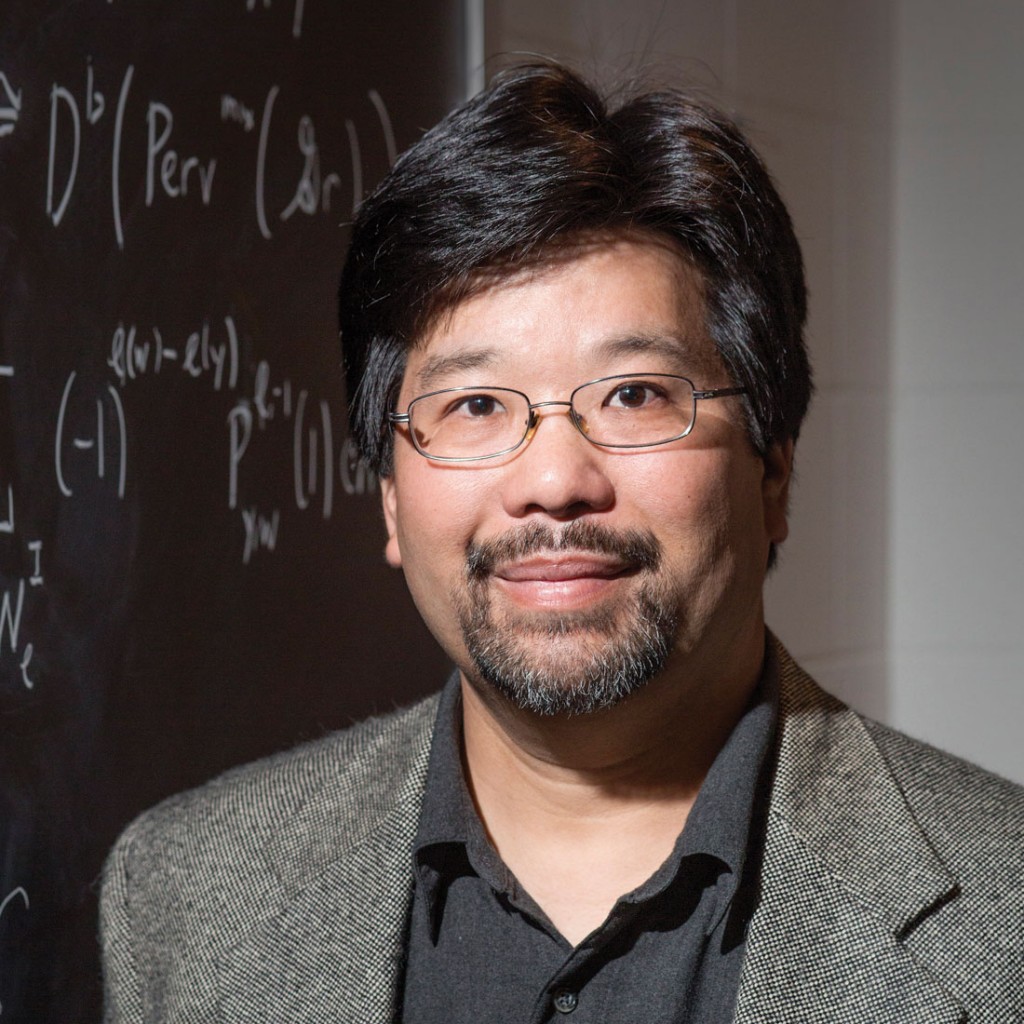John Maerz
[vc_row css_animation="" row_type="row" use_row_as_full_screen_section="no" type="full_width" angled_section="no" text_align="left" background_image_as_pattern="without_pattern"][vc_column][vc_column_text] Lamar Dodd Creative Research Award 2020 [/vc_column_text][vc_empty_space height="25px"][/vc_column][/vc_row][vc_row css_animation="" row_type="row" use_row_as_full_screen_section="no" type="full_width" angled_section="no" text_align="left" background_image_as_pattern="without_pattern"][vc_column width="1/3" css=".vc_custom_1586808942256{padding-bottom: 20px !important;}"][vc_single_image image="17839" img_size="full" qode_css_animation=""][/vc_column][vc_column width="2/3"][vc_column_text]John Maerz, Josiah Meigs Distinguished Teaching Professor in the Warnell School of Forestry and Natural Resources, is...




